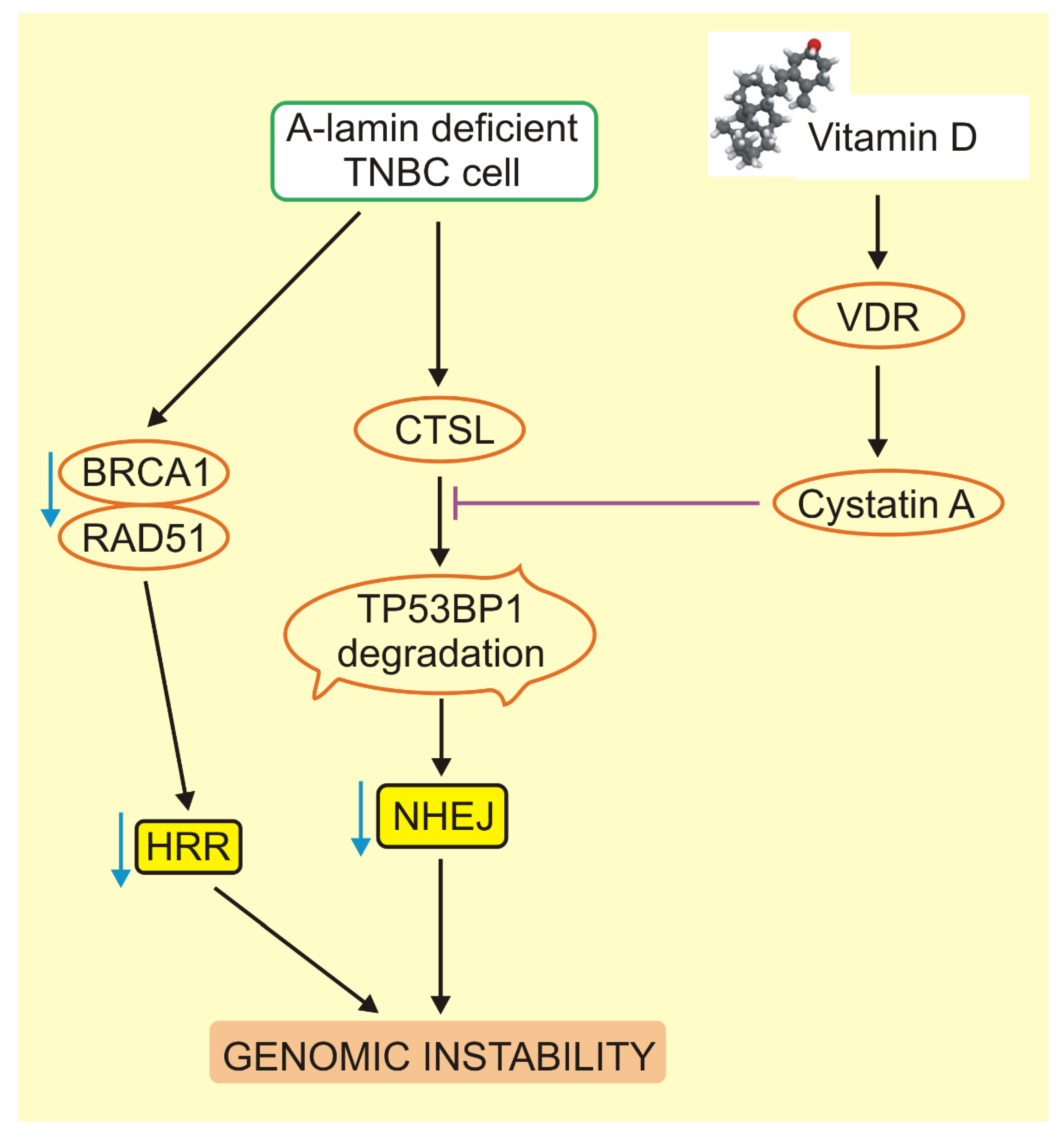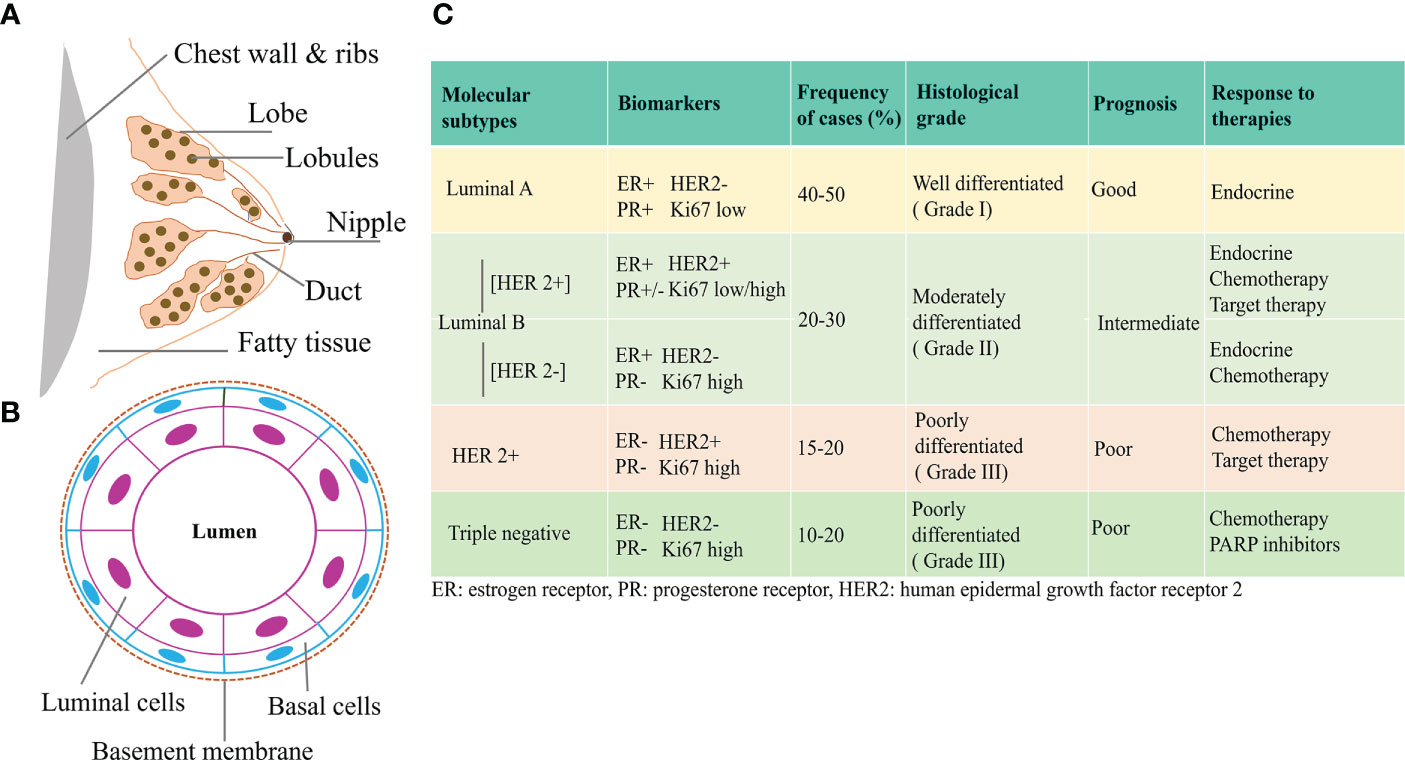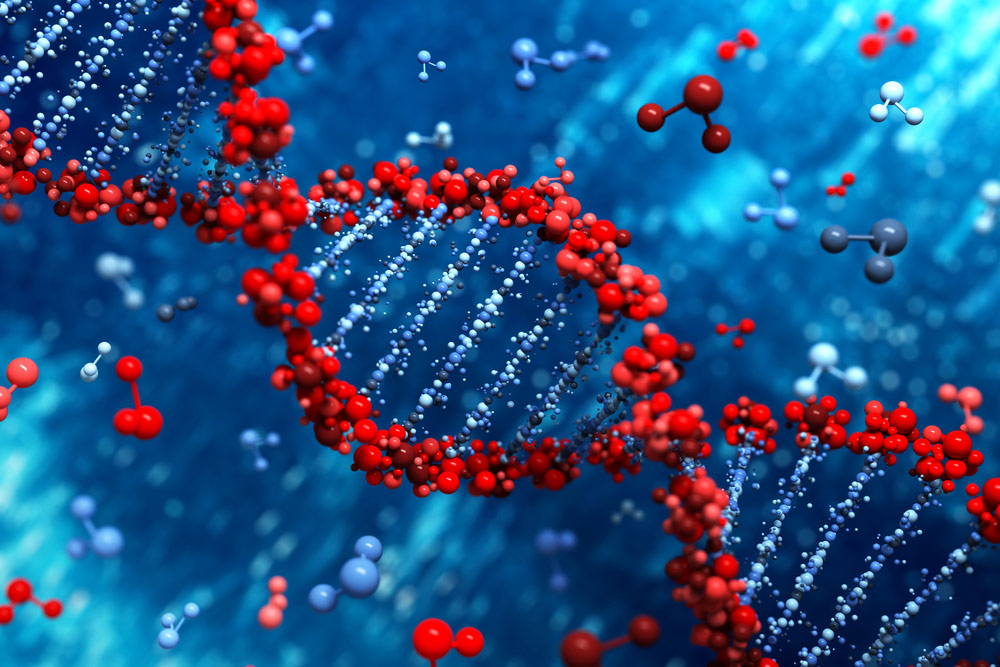
PDF) The mitochondrial single-stranded DNA binding protein is essential for initiation of mtDNA replication

DNA ligase IV assembly. (A) The adenylation domain (AdD) of Lig4 (blue;... | Download Scientific Diagram

IJMS | Free Full-Text | Vitamin D in Triple-Negative and BRCA1-Deficient Breast Cancer—Implications for Pathogenesis and Therapy

PDF) DNA Double-Strand Break Repair as Determinant of Cellular Radiosensitivity to Killing and Target in Radiation Therapy

Insights into the role of epigenetic mechanisms in migraine: the future perspective of disease management | The Nucleus

IJMS | Free Full-Text | BRCA Mutations—The Achilles Heel of Breast, Ovarian and Other Epithelial Cancers

PDF) DNA Double-Strand Break Repair as Determinant of Cellular Radiosensitivity to Killing and Target in Radiation Therapy
Okoljsko poroČilo za Operativni program razvoja okoljske in prometne infrastrukture za obdobje 2007-2013

IJMS | Free Full-Text | Vitamin D May Protect against Breast Cancer through the Regulation of Long Noncoding RNAs by VDR Signaling










